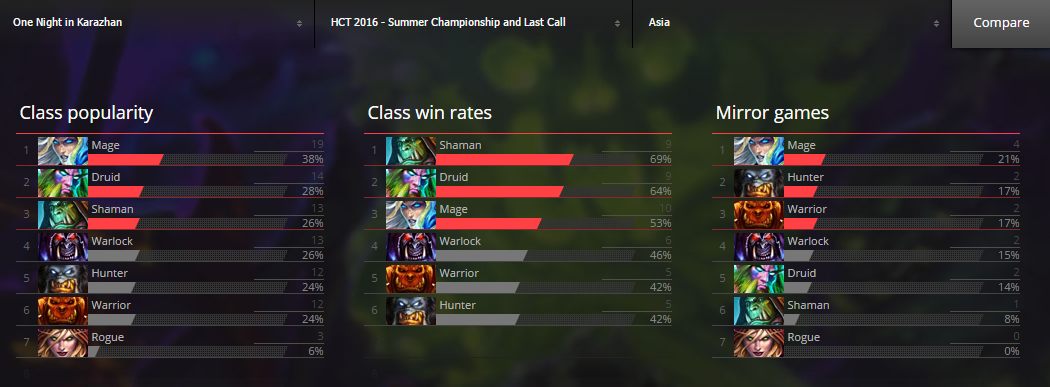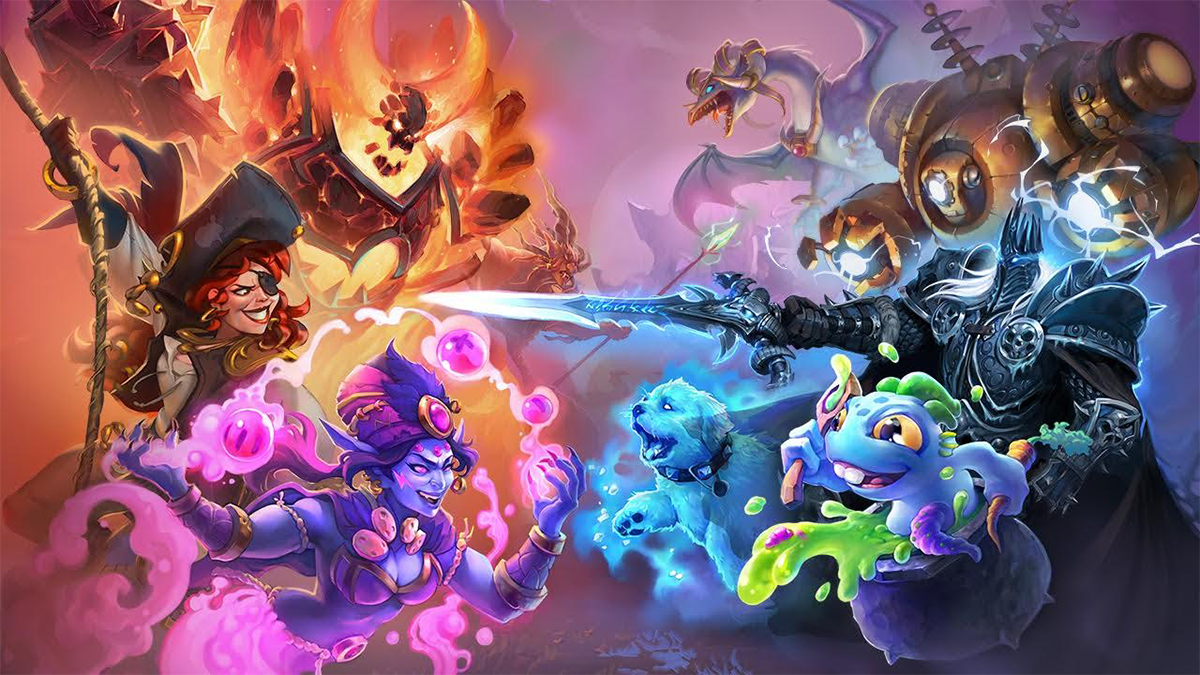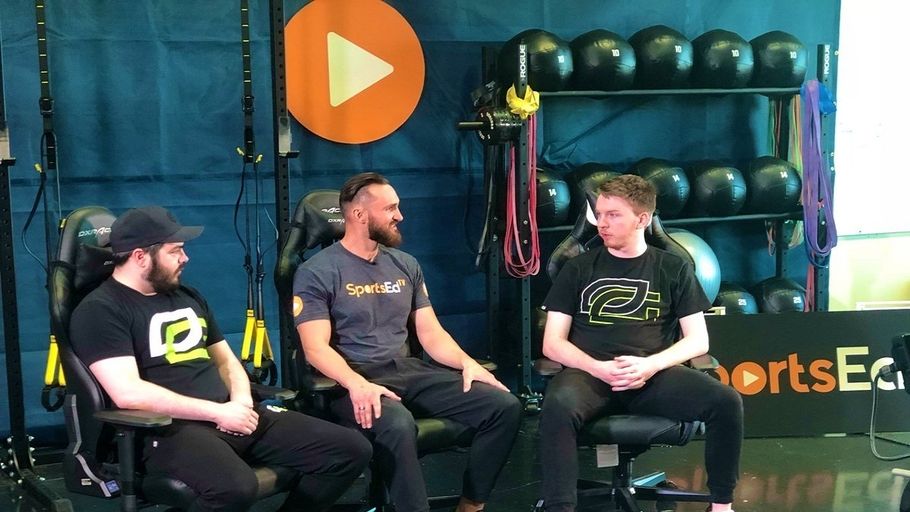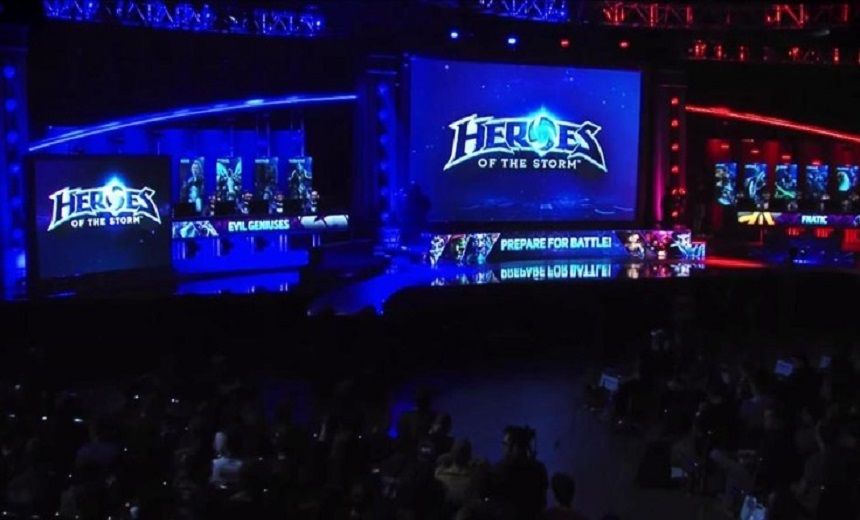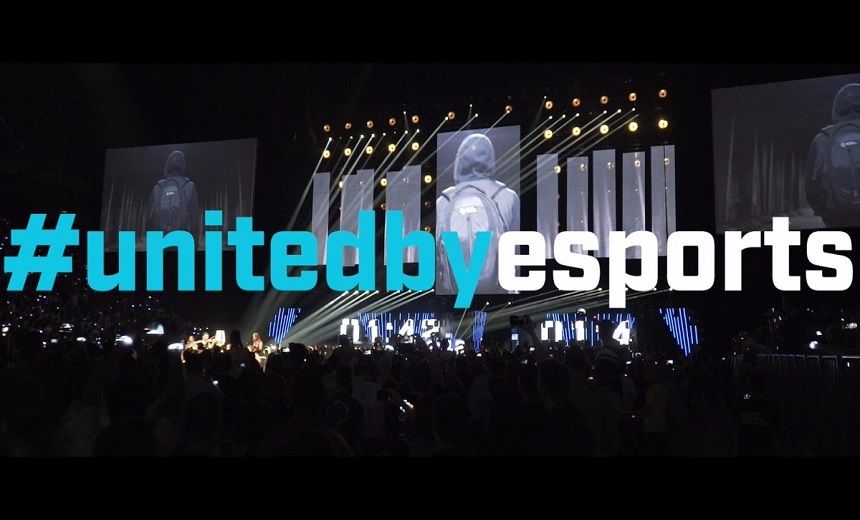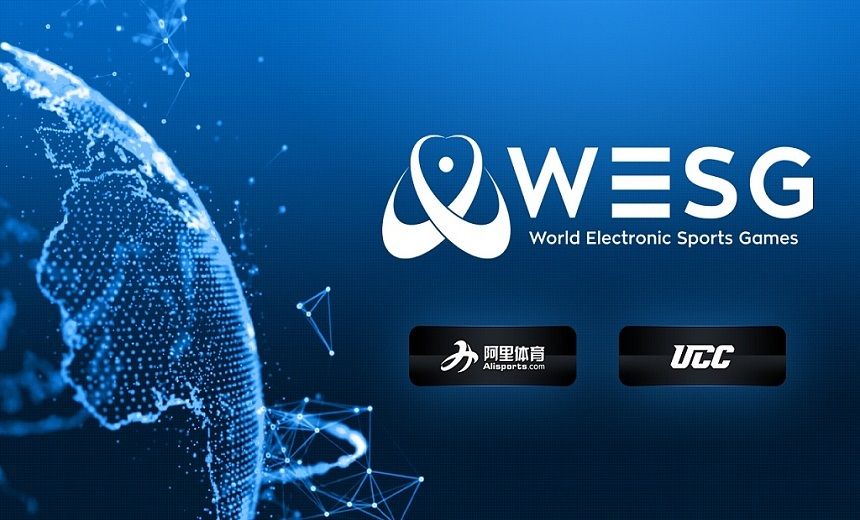During this past weekend, two major European events overlapped – the HCT Last Call Invitational and WESG Europe finals – which also, coincidentally, were the first big tournaments after the patch that nerfed seven of Hearthstone’s staple cards, including [card]tuskarr totemic[/card], [card]rockbiter weapon[/card], Yogg-Saron and more.
WESG and Last Call EU were, thus, the first sneak peek into what the metagame at Blizzcon would be like. The results were not uplifting.
WESG Europe ran a Bo5, no-ban Conquest, expanding to a Bo7 in the playoffs which, while admittedly not a great format for a major tournament, meant that players would just stick to what they consider to be the three or four most consistent decks post-nerf. What ended up being a Shaman, Druid and Warrior dominated tournament, with Rogue, Paladin and Hunter being significantly behind in popularity. Until the second day, only six of the nine classes were played with almost no archetype diversity. Eventually, Mage became the seventh class with WESG appearance, but with its insignificant number of games played (13) and even worse win record (23 per cent), it might have as well not been present at all.
Still, better than Priest’s and Warlock’s definitive no-show.
The metagame at Last Call Europe was slightly more diverse, mostly due to the fact that players had to bring five classes each and were allowed a ban. Regardless, Priest was still absent and Paladin’s representation of one wasn’t exactly the dream scenario. Overall, with Midrange Shaman, Malygos Druid, Control Warriors, Miracle Rogues and Hunters being the most represented archetypes, LCI EU was not much more different than WESG Europe. Thus, as time approached for Last Call APAC, viewers were likely convinced that not even Asia’s ingenuity can have a dramatical effect on the metagame.
Fortunately, that wasn’t the case, but before the APAC Hearthstone tendencies are examined, let’s look at the decks each player brought.
Aggro proclivities
APAC and China have traditionally more aggressive regions in terms of Hearthstone gameplay, but the amount of fast decks – especially in the days of nerfed [card]rockbiter weapon[/card] and [card]abusive sergeant[/card] – comes as a surprise. Out of the 40 decks, one fifth were on the aggro side, with South Korea’s Lojom playing a Secret Hunter / Aggro Shaman / Pirate Warrior combo on top of his Maly Druid and Tempo Mage.
You’re reading this correct: Aggro Shaman was a thing at Last Call APAC, being present in two line-ups (Lojom’s and Tansoku’s), despite the fact the wide community proclaimed the deck dead. It turns out, having [card]spirit claws[/card] as a 1-drop goes a long way, and a 2-mana Rockbiter isn’t unplayable, as proven by Tansoku, who finished second in the tournament overall.
Of course, Aggro Shamans had to undergo changes compared to their previous most fleshed out version. [card]elemental destruction[/card] was present in both decklists as the deck’s best chance at winning back the board against the oppressive Midrange Shaman and the DiscardLocks which were everywhere, and with it also came [card]eternal sentinel[/card] to combat the massive Overload of the board clear. [card]ancestral knowledge[/card], previously a matter of personal choice, was also considered by both players as a card-refueling engine.
The aforementioned DiscardLock (or Discard Zoo) was also a popular choice, present in half of the line-ups, and obviously more liked in APAC than in Europe where Rdu – a known lover of the Zoo – confessed he brought the deck because “there was nothing else to bring”. And even though Zoo got beaten down to sub-50 per cent win-rate at Last Call APAC, seeing a region still have faith in the deck after Europe had almost given up on it was refreshing.
Unmatched love of Jaina
Of all the recent tournaments, Last Call APAC is the single one that has shown absolute trust and devotion to Mage. Not only was the class the second most popular in the tournament after Shaman, but also recorded most games played and the third highest win-rate and to be fair, no one was going to beat Shaman’s and Druid’s ridiculous numbers in that category.
Jaina’s seven line-up appearances were split four to three in favor of Tempo to Freeze, but while everyone who played Freeze used the exact same [card]evolved kobold[/card] list, the Tempo Mages were fairly diverse.
One particular peculiarity to the APAC Tempo Mages is the religious adhering to [card]Cabalists Tome[/card]. Even though the region tends to play aggressively, when it comes to Tempo Mage it prefers to also have the option to grind out the control match-ups that the Tome provides.
Outside of that, the lists vary a lot, from Lojom’s and Tansoku’s fairly aggressive ones, the former of which even runs [card]leeroy Jenkins[/card] as third [card]fireball[/card], to the slow and grindy build of champion Cheonsu, which implements a multitude of end-curve finishers like [card]archmage antonidas[/card], [card]ragnaros the firelord[/card] and Yogg Saron in combination with [card]barnes[/card] which can summon them early.
The Arcanite Reaper tech
One tech that’s very unique to the APAC region is the love of [card]Arcanite Reaper[/card]. This 5-mana weapon made an appearance not only in the aggressive Pirate Warrior where it’s a staple, but also in Cheonsu’s championship N’Zoth Warrior and Tansoku’s Dragon Warrior, which are archetypes whose traditional lists do not run [card]arcanite reaper[/card].
Whether or not this tech becomes popular outside Asia is beside the point, but it does make a lot of sense. In control decks, it almost does the same job [card]gorehowl[/card] does in killing high-health targets, but it comes two turns earlier, just in time for popular mid-game minions such as [card]azure drake[/card], [card]fandral staghelm[/card], [card]thing from below[/card], [card]darkshire councilman[/card] and more. At the same time, it serves as a beat-down tool in faster decks like Dragon Warrior, which sometimes runs out of gas or are slower in winning the race against aggro and [card]arcanite reaper[/card] represents a third or more of opponent’s health over two turns – that’s speed Warriors can’t afford otherwise.
So what do you think? Will APAC’s quirky techs become the standard? Will we see something unique this Saturday at Last Call Americas? Are you brave enough to try some of Asia’s decks on ladder? Tell us in the comments.

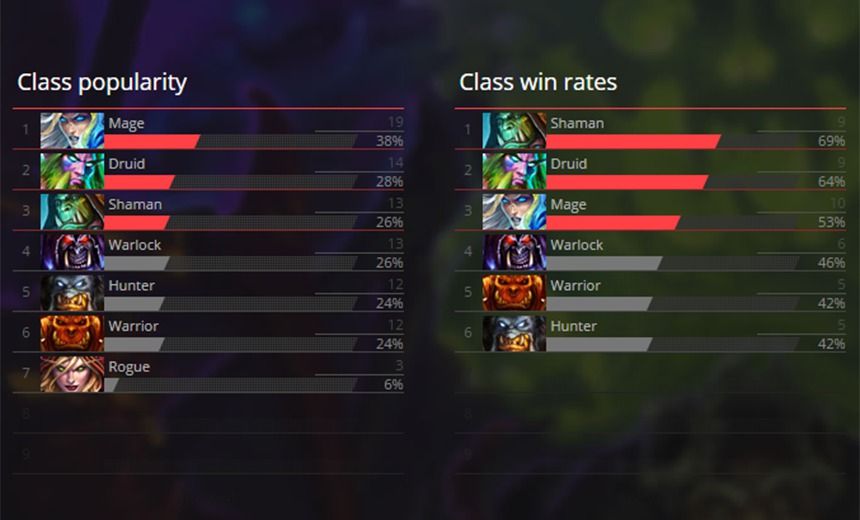
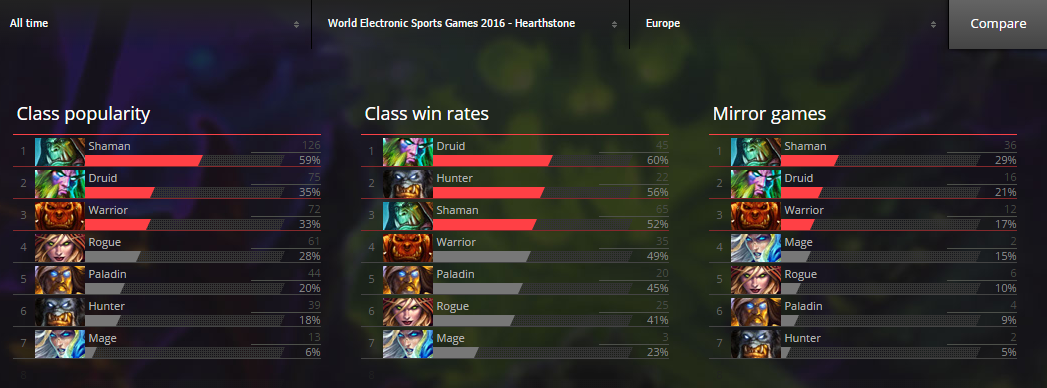
 Aaron
Aaron Shaxy
Shaxy Cheonsu
Cheonsu NaviOOT
NaviOOT Tansoku
Tansoku